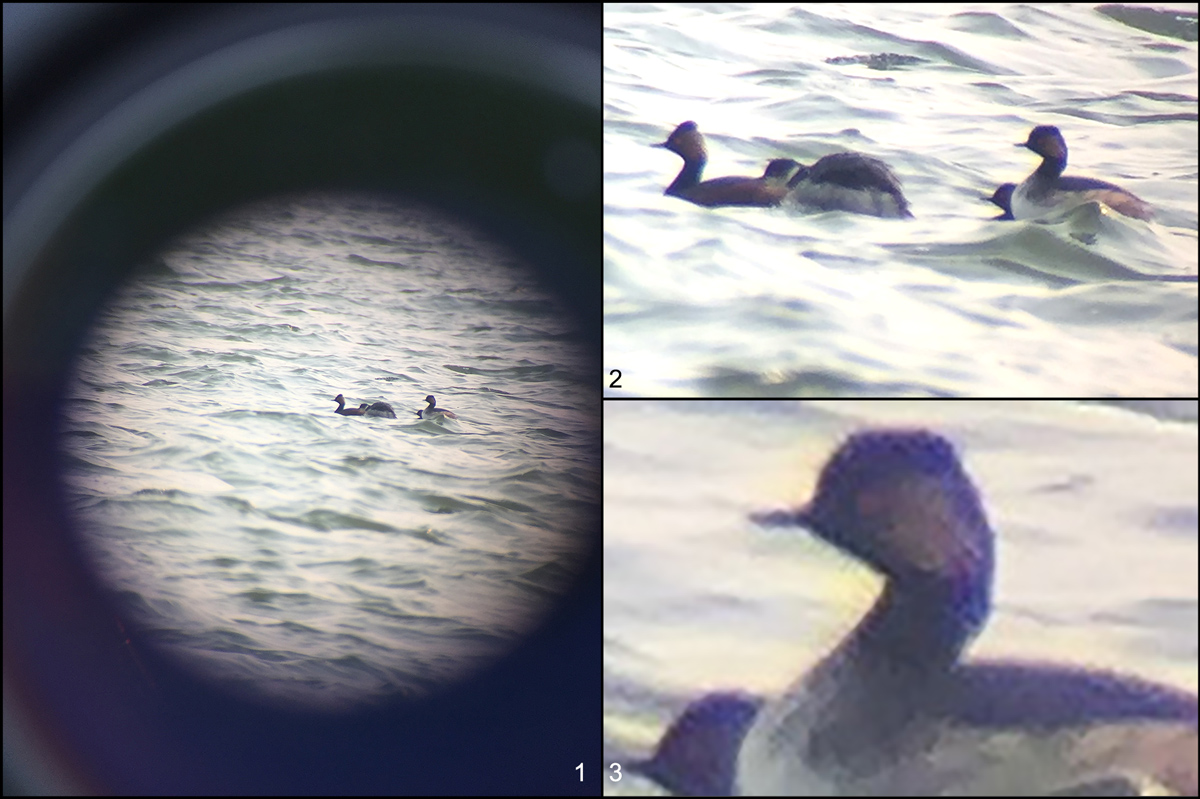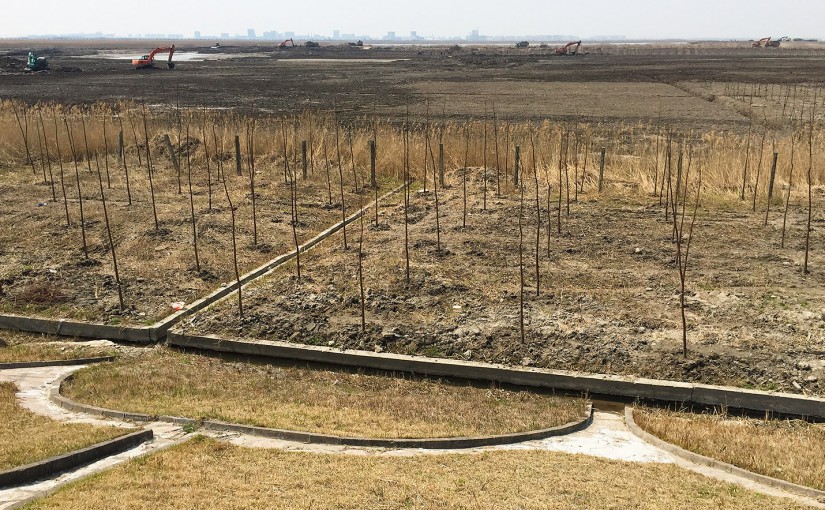On Sat. 26 March, Elaine Du and I noted 53 species at Cape Nanhui in southeast Pudong. Despite air pollution that made my nose run, we enjoyed yet another day of Metro + walk-’n’-bird. We covered 15 km (9 mi.) on foot, going camera-less and carrying our Swarovski scope. We took a taxi from the Dishui Lake Metro Line 16 station to Microforest 2 (30.926039, 121.970725). From there we walked back to the station, along the way exploring the reed beds, checking the shore, and scanning Dishui Lake.
Highlights: Falcated Duck 180, Garganey 8, Black-necked Grebe 4 (3 in nearly complete breeding plumage), Eurasian Spoonbill 8, Eurasian Bittern 1, Intermediate Egret 1, Kentish Plover 1, Barn Swallow 4, Reed Parrotbill 27, Naumann’s Thrush 1, Eastern Yellow Wagtail 5 tschutschensis, Richard’s Pipit 8, Buff-bellied Pipit 46, Chestnut-eared Bunting 5, Little Bunting 9 (1 singing), Pallas’s Reed Bunting 70.
In the reeds behind Microforest 2, amid the din of the digging machines that are destroying its home, a Reed Parrotbill was chirring loudly and making sounds reminiscent of babblers. I recorded four types of call:
chirring (00:03; 930 KB)
insistent (00:05; 1 MB)
plaintive (00:04; 958 KB)
joyful (00:20; 1.6 MB)
The transformation of the wetland continues apace. I took a photo showing a former marshy-reedy area, now drained, in which hundreds of a single species of coniferous tree are being planted. In this sector, sightings of Black-faced Spoonbill used to be regular. No more.
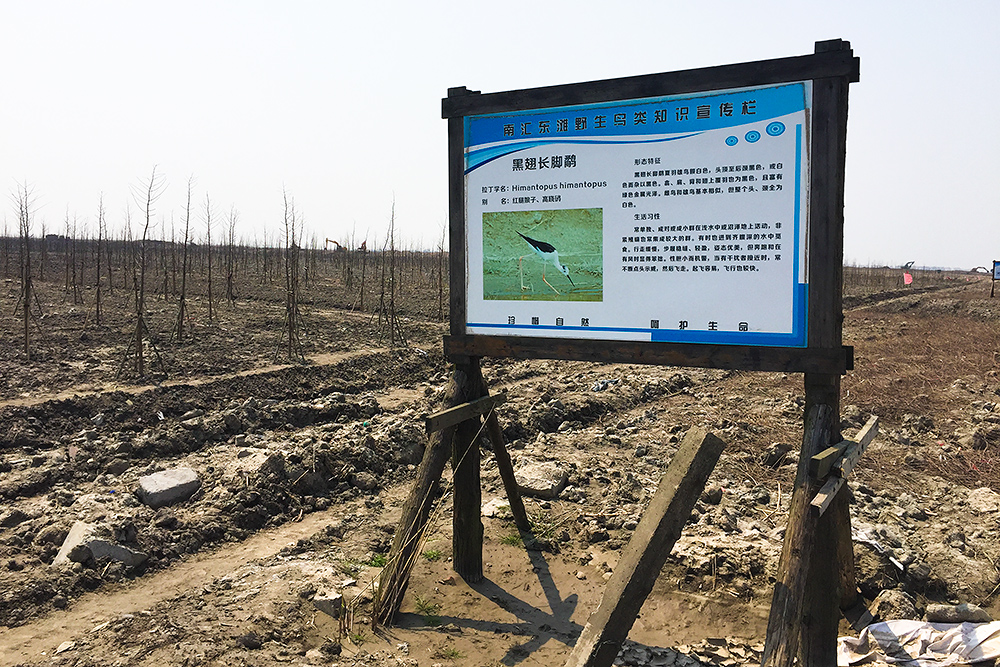
We skipped the Magic Parking Lot after a binocular check revealed about 100 cars parked around the lot. More and more locals are using our old birding area, especially on mild spring days such as Saturday.
On Fri. 25 March, Elaine and I viewed the Huangpu River from the Lujiazui side near Oriental Pearl Tower at a place called Binjiang Park (not to be confused with Binjiang Forest Park). Activity was little; we had just a handful of Vega Gull plus Black-crowned Night Heron, Little Egret, and a single Grey Heron as well as singing Chinese Blackbird, resident Light-vented Bulbul, and a leucopsis White Wagtail.
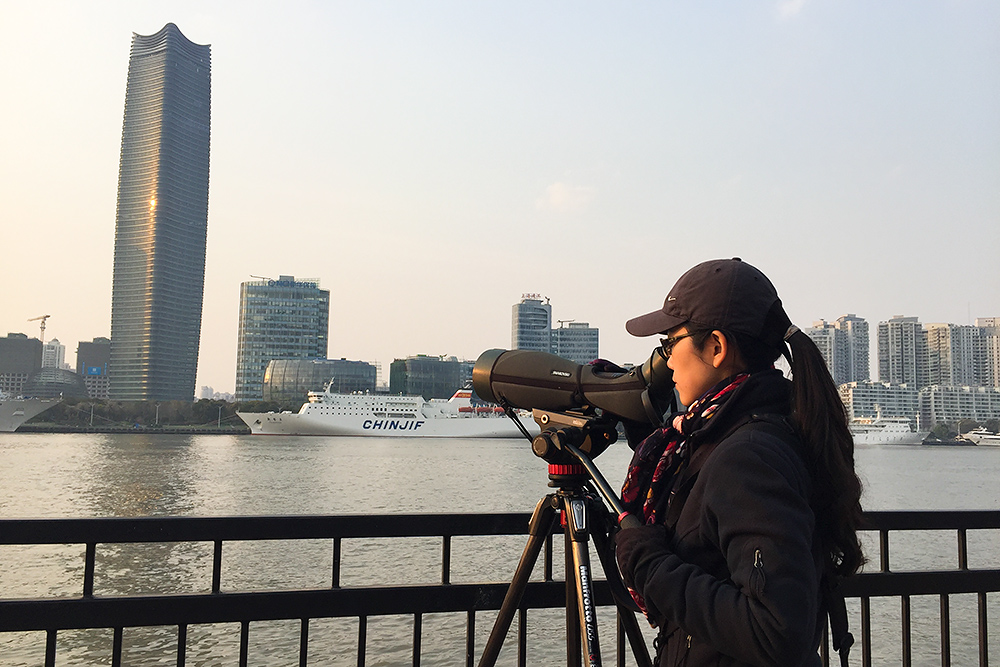
We met a local bird photographer who said he goes to Lujiazui often. At times, this photographer said, “thousands” of gulls can be seen on the river around Lujiazui-Bund. He said he’d had just such a banner day last week, and he was surprised at the lack of gulls on Friday. This gentleman had photos of Black-tailed Gull as well as many Larus vegae vegae/mongolicus.
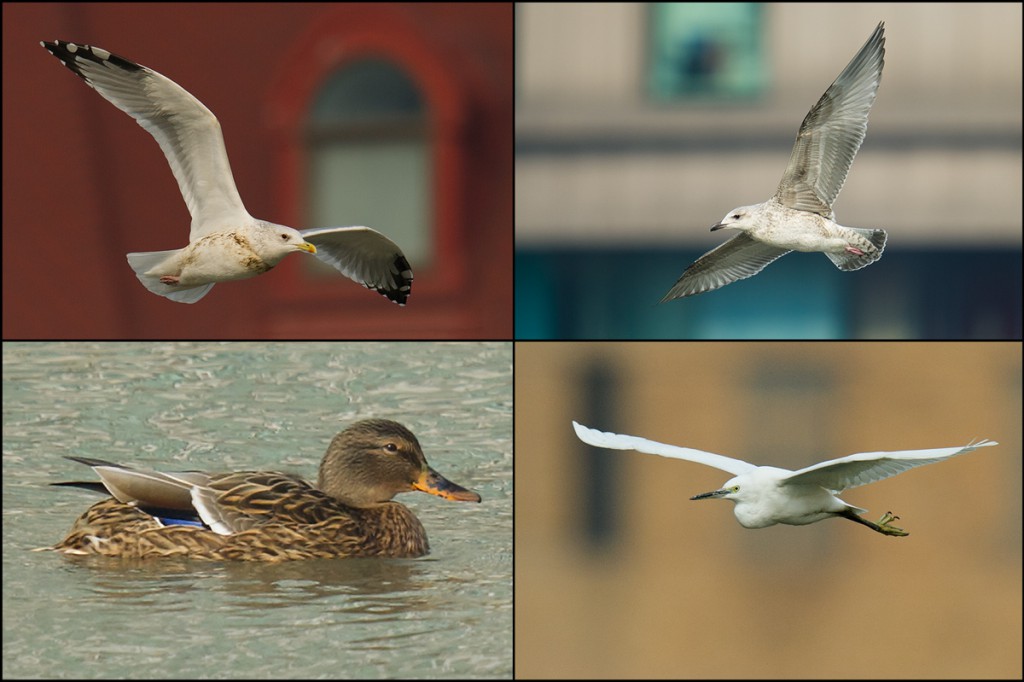
I get a romantic feeling birding the Bund and Lujiazui, one of the world’s best-known urban riverscapes. The romance is especially strong on a sunny day with the polluted air acting as a filter, reducing the sun’s rays to a soft, warm glow. Vega Gull appear; the Huangpu River is their stage, the famous skyscrapers their backdrop. The gulls will soon return to the wastes of Siberia, their northern home. Versatile creatures are they, specks of wild Asia in the heart of Shanghai.
List 1 of 1 for Fri. 25 March (7 species). Binjiang Park (Bīnjiāng Gōngyuán [滨江公园]; 31.235662, 121.497396), a small urban park on Huangpu River in Pudong New Area (Pǔdōng Xīn Qū [浦东新区]), Shanghai, China. Sunny; low 4° C, high 13° C. Visibility 10 km. Wind NNW 15 km/h. PM2.5 AQI: 109 (unhealthful). Sunrise 05:50, sunset 18:10. FRI 25 MAR 2016 16:10-17:10. Craig Brelsford & Elaine Du.
Black-crowned Night Heron Nycticorax nycticorax 8
Grey Heron Ardea cinerea 1
Little Egret Egretta garzetta 6
Vega Gull Larus vegae vegae/mongolicus 13
Light-vented Bulbul Pycnonotus sinensis 18
Chinese Blackbird Turdus mandarinus 4
White Wagtail Motacilla alba 1 leucopsis
PHOTOS
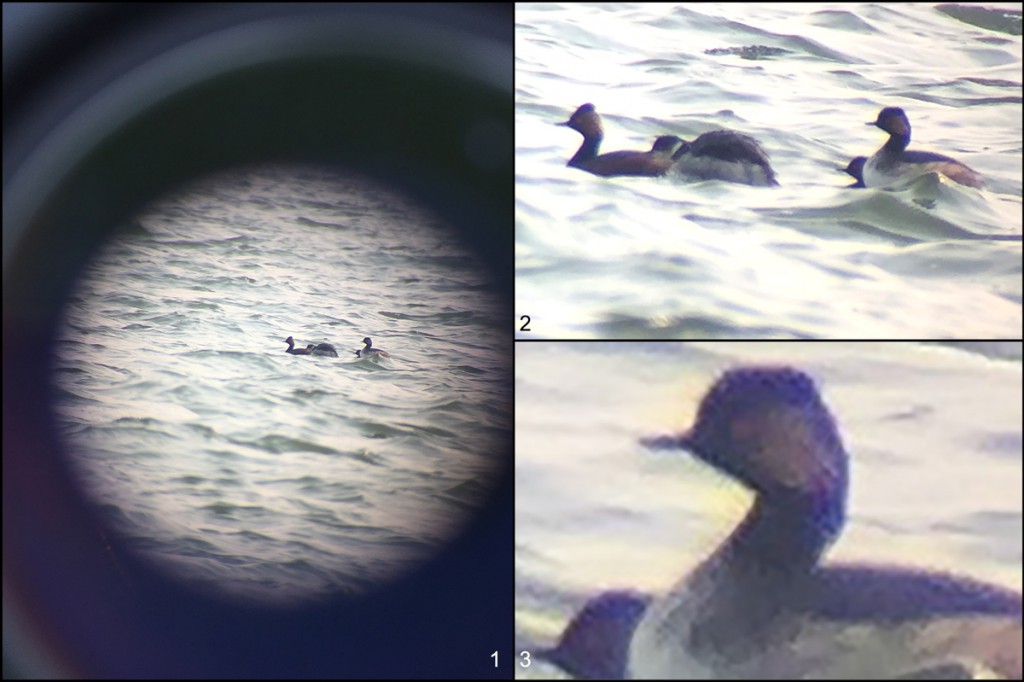
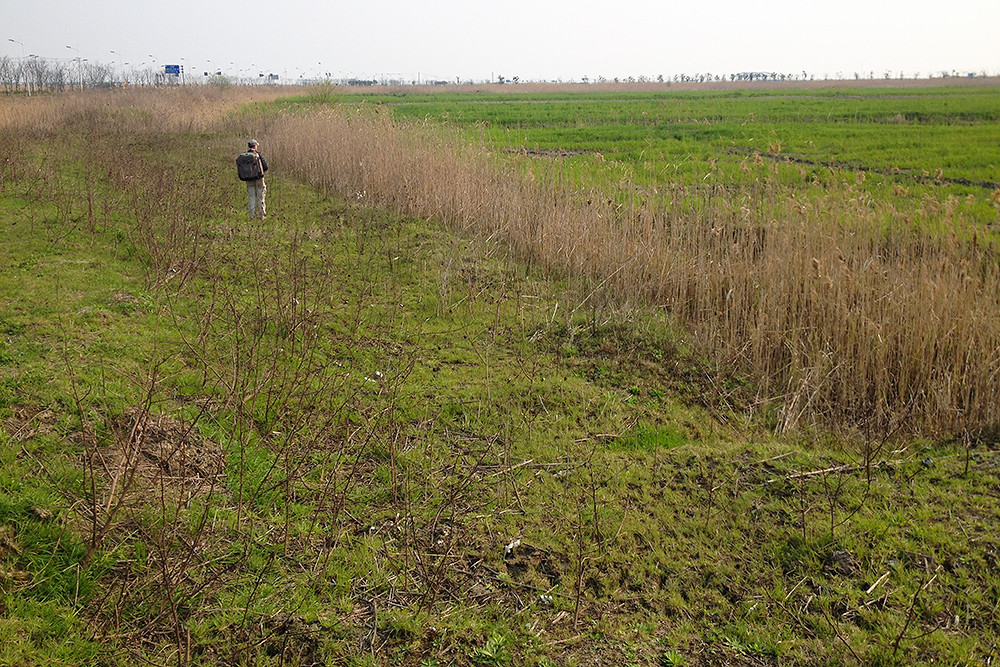
Featured image: Where Black-faced Spoonbill once foraged, digging machines now crawl, transforming critical reed-bed and marshland habitat into an artificial forest. Looming in the background is the brand-new satellite city of Lingang. Nanhui, Shanghai, 26 March.

